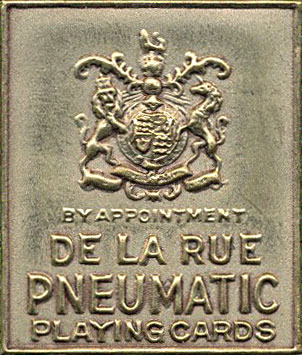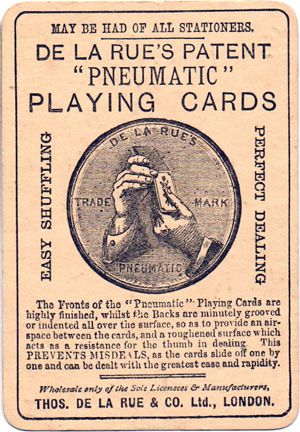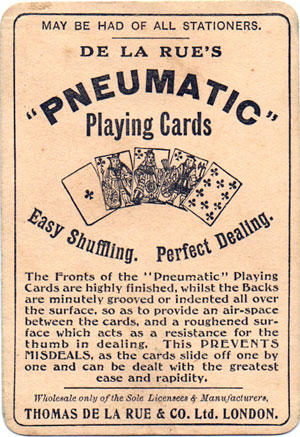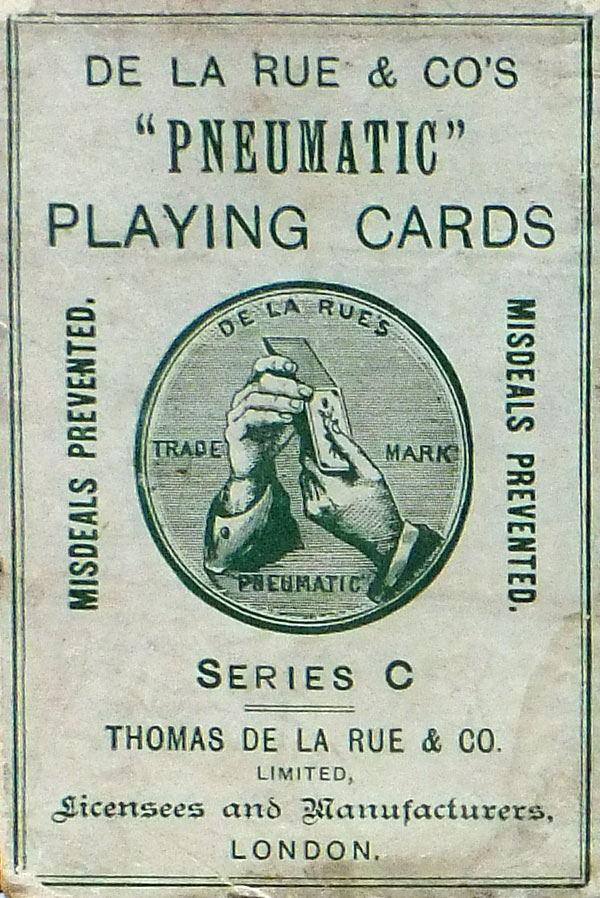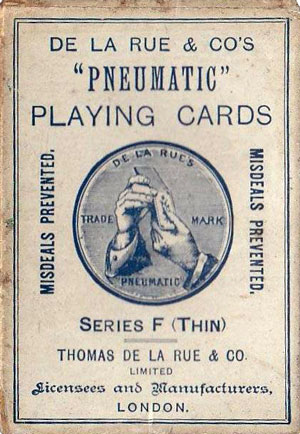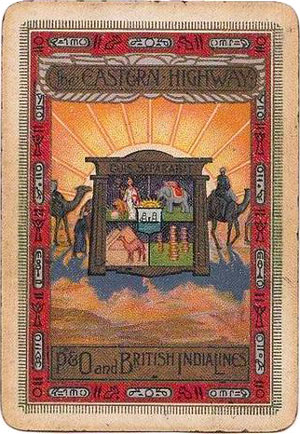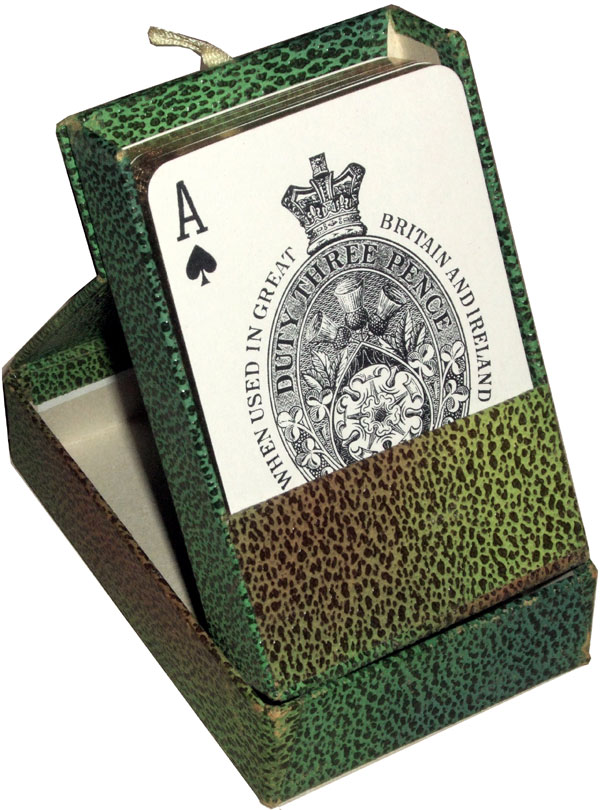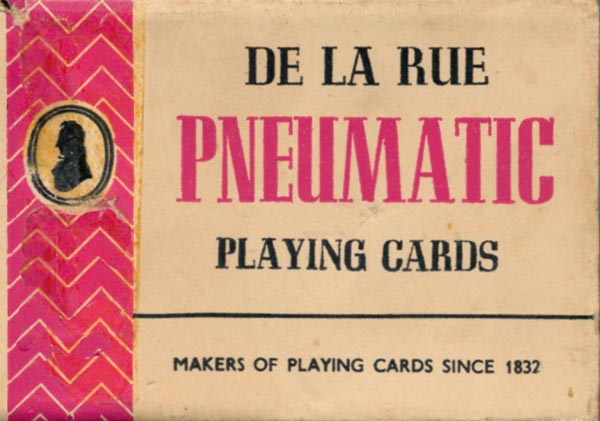Pneumatic Playing Cards
The surface of the cards was slightly grooved by being rolled on prepared plates, so that there were little pockets of air between each card, which prevented them sticking together.
Thomas De la Rue & Co’s “Pneumatic Playing Cards”, c.1890 - c.1965
Easy Shuffling - Perfect Dealing
Pneumatic playing cards were invented by William Thomas Shaw, an old employee and De la Rue friend who had recently become a partner in the company. The surface of the cards was slightly grooved by being rolled on prepared plates, so that there were little pockets of air between each card, which prevented them sticking together. The invention came at about the same time as round corners and indices, i.e. c.1890. By impressing a herringbone design into the back of the card air was trapped to prevent sticking and cards slid easily during dealing.
“We have received from Messrs. Thomas de la Rue & Co. specimens of playing cards made on a principle which they have patented and describe as “pneumatic”, its object to facilitate shuffling and dealing, by preventing the cards from adhering to one another while they are manipulated. The invention consists of a special preparation of the surfaces of the cards. The fronts are highly finished while the backs are minutely grooved or indented all over, so as to provide an air space between the cards and a roughened surface, which acts as a resistance for the thumb in dealing. The cards slide off one another with ease and rapidity.” Extracted from “The Times” 16th February 1891 and quoted in The Newsletter of the English Playing Card Society, issue 64, May 1999, p.29.
“Pneumatic” playing cards were originally introduced in hard telescopic boxes, with geometric or plain back designs, in a range of different qualities (thicknesses) at prices ranging from one shilling to two shillings. There was also a matching paper wrapper inside the box with a tax wrapper around it. “Pneumatic” playing cards were also issued by De la Rue's subsidiary The Empire Card Co. Ltd.
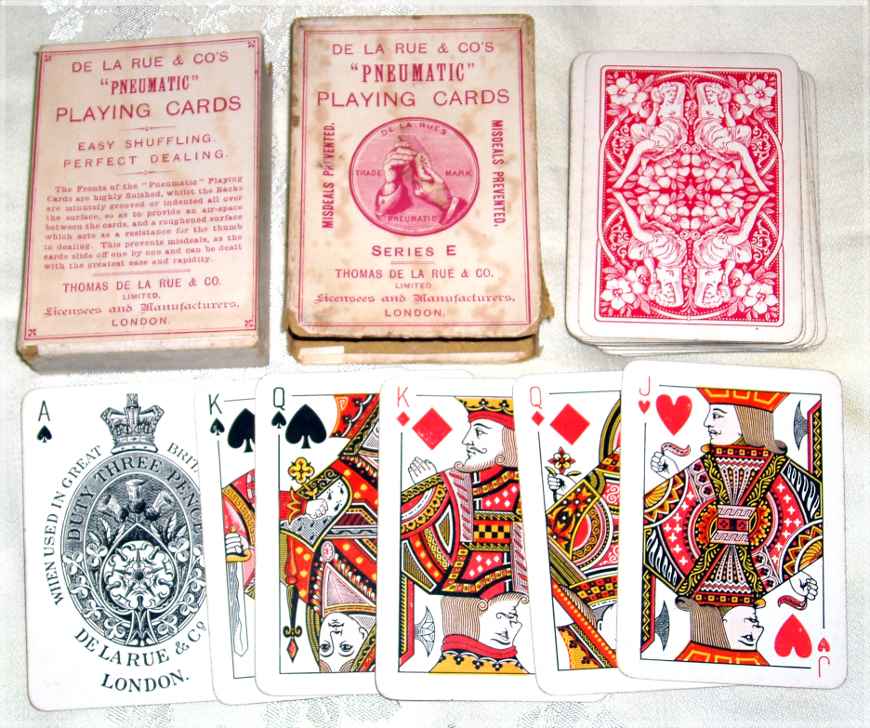
Above: De la Rue & Co’s “Pneumatic” playing cards, series 'E'. The corner indices are incorporated into the card borders, c.1900-1922.
Over the years “Pneumatic” became an established brand name for De la Rue's playing cards with pictorial back designs and were featured regularly in stationery catalogues and brochures in the 1930s. By this time “Pneumatic” playing cards were presented in fancy padded boxes with assorted designs, metallic badges, with or without gold edges, in wide or narrow size as well as patience packs, priced at between two and three shillings per pack.
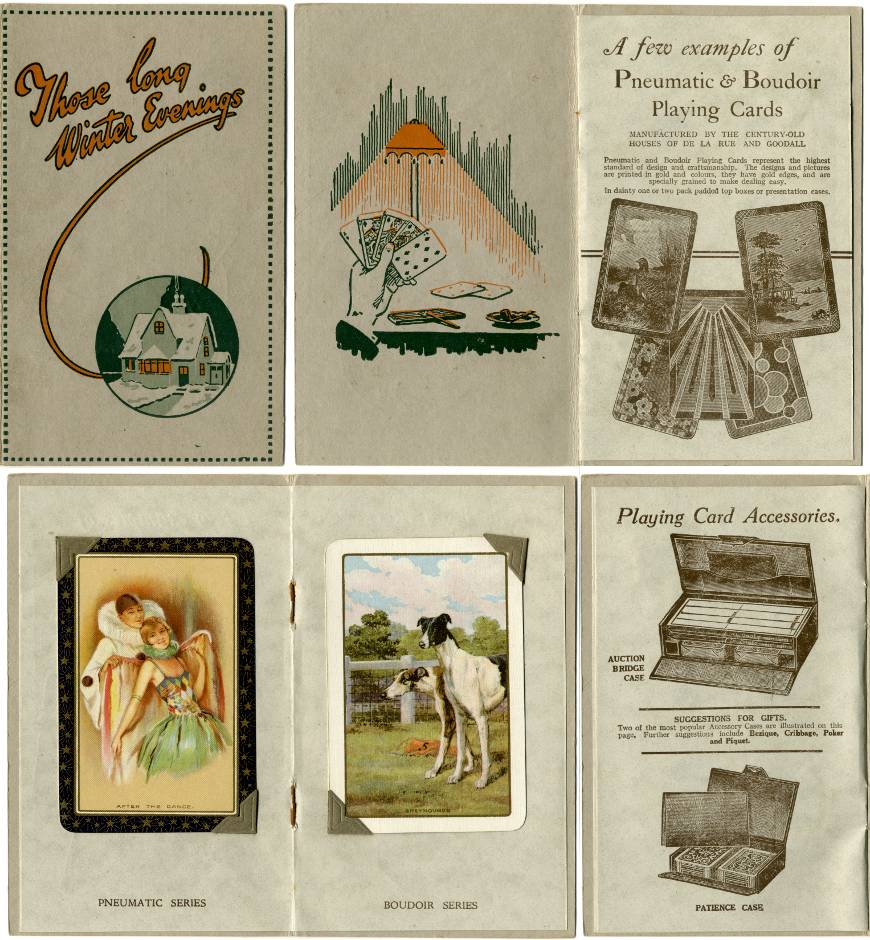
Above: publicity leaflet featuring “Pneumatic” and “Boudoir” playing cards, c.1930. The “Boudoir” brand had been acquired when De la Rue took over Goodall & Sons in 1921.

Left: 'Pneumatic' Pictorial playing cards by De la Rue, c.1953. The backs of the cards are embossed with De la Rue's special herringbone 'Pneumatic' finish.

By Simon Wintle
Member since February 01, 1996
Founder and editor of the World of Playing Cards since 1996. He is a former committee member of the IPCS and was graphics editor of The Playing-Card journal for many years. He has lived at various times in Chile, England and Wales and is currently living in Extremadura, Spain. Simon's first limited edition pack of playing cards was a replica of a seventeenth century traditional English pack, which he produced from woodblocks and stencils.
Trending Articles
Popular articles from the past 28 days
Related Articles
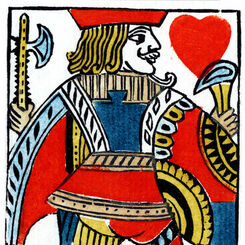
Woodblock and Stencil Jack of Hearts
A limited edition art print of the Jack of Hearts 1984 woodblock joker.
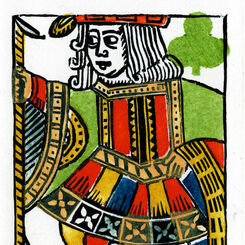
Woodblock and Stencil Jack of Clubs
A limited edition art print of the Jack of Clubs 1984 woodblock joker.
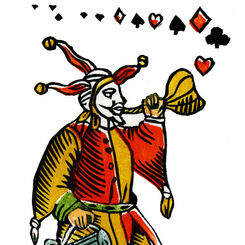
Woodblock and Stencil Joker
A limited edition art print of the 1984 woodblock joker.
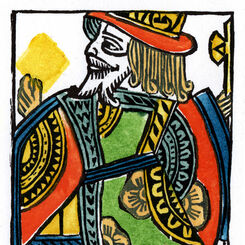
Woodblock and Stencil King of Diamonds
A limited edition art print of the King of Diamonds 1984 woodblock joker.
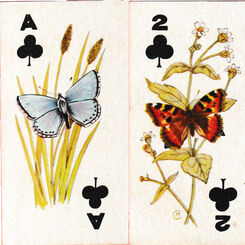
Sweetule Natural History cards
Small cards featuring natural history subjects, given away with packets of sweet cigarettes.
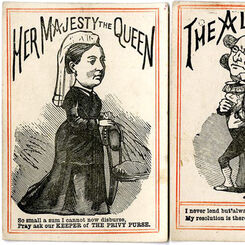
Lend Me Five Shillings
or “Her Majesty’s Privy Purse” - a merry round-the-table game published by D. Ogilvy.
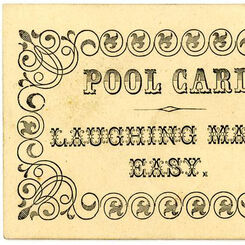
Laughing Made Easy
a Victorian card game published by D. Ogilvy.

Classic Card Games for Kids
A boxed set of playing cards, Happy Families and an alphabet pack with rules for 22 games.
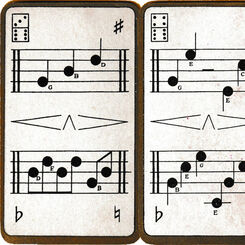
So-Lah – A Game of Music
An early 20th century domino-type musical card game by Goodall.
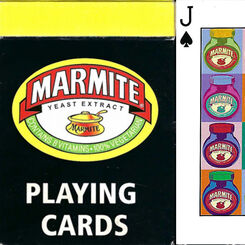
Marmite
Fifty-Four images celebrating a UK savoury spread, that has been around one hundred and twenty two y...
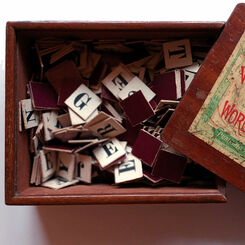
Word Making and Word Taking
How crossword and spelling games became popular.
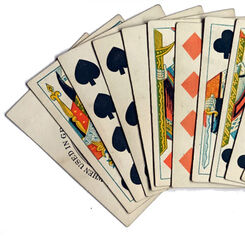
Managing cards without corner indices
For many hundreds of years cards had no corner indices, were square cut and mostly made from card wi...
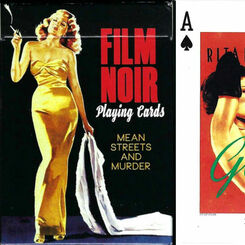
Film Noir
A deck of 55 cards, celebrating hard boiled heroes, wise-cracking women, mean streets, guns and gums...
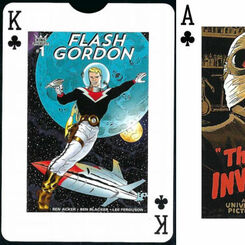
Science Fiction
A deck of 55 cards, celebrating a time when Science Fiction truly was, Science Fiction.
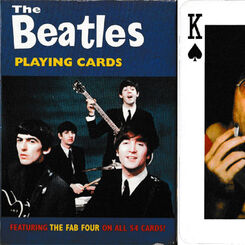
The Beatles playing cards
Two packs featuring photos of The Beatles issued by the same publisher in 2004 and 2005.
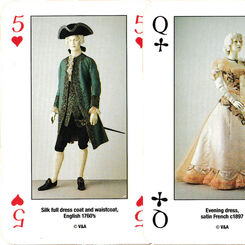
Costume Playing Cards
Four centuries of costumes from the Costume Court at the Victoria and Albert Museum.
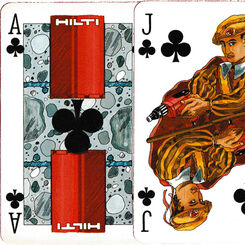
Hilti I
Promotional pack for Hilti power tools, with courts in medieval costume and non-standard pips.
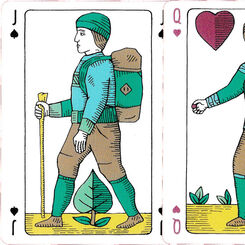
Commoners playing cards
Created by Ian Cumpstey dedicated to the common land and the countryside.
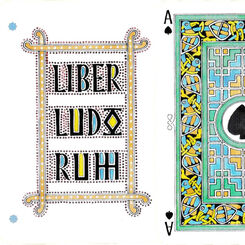
Liber Ludorum
Liber Ludorum playing cards created by Ian Cumpstey in the insular style, United Kingdom, 2019.
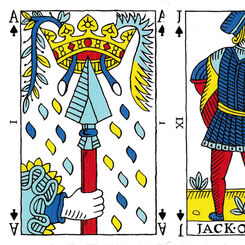
Pike and Clover playing cards
Pike and Clover playing cards created by Ian Cumpstey, Cumbria, UK, 2018.

Inglewood Hunting Deck
Inglewood Hunting Deck created by Ian Cumpstey, United Kingdom, 2023.
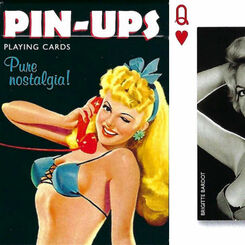
Pin-Ups
A deck of 55 cards celebrating a golden age of cheeky, naughty, bold and curvy ladies in film.

Classic Movie Posters
A deck of 55 cards presenting vintage classic movies and their stars.
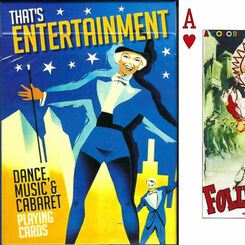
That’s Entertainment
A deck of 55 cards celebrating 20th Century vaudeville, musicals and cabaret.
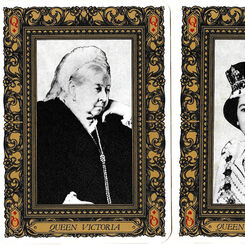
British Monarchs
Commemorating the royal wedding of Charles, Prince of Wales to Lady Diana Spencer on the 29th
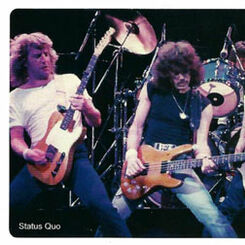
Rock & Pop Legends
Stunning photos of a selection of US and UK music artists.
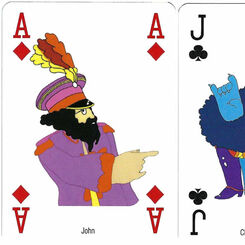
The Beatles • Yellow Submarine
A colourful deck celebrating the 1968 animated feature film based on the Lennon/McCartney song of th...
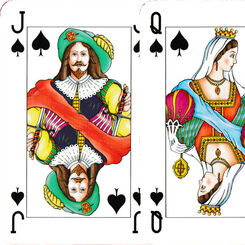
Dutch Court playing cards
Games & Print Services’ version of the Dutch pattern.
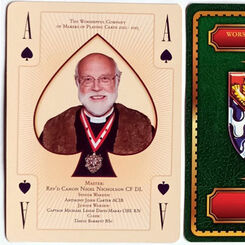
Past Masters’ Association Presentation Pack
The Worshipful Company of Makers of Playing Cards Past Masters’ Association Presentation Pack, 2013....
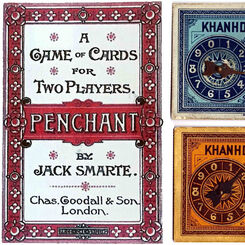
The Search for New Games in the late 19th century
A few new games survived and are still around today; most came and went and are only witnessed in th...
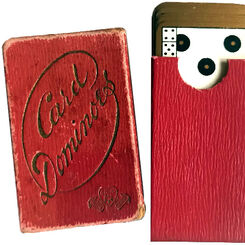
Miniature Card Dominoes
A miniature set of Goodall domino cards (5.9 x 3.5 cms) still in perfect condition.
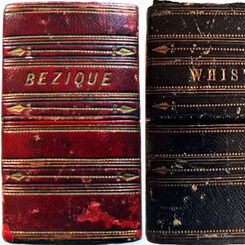
T. Drayton & Son
Bezique and Whist boxed sets by T. Drayton & Son, London, c.1875.
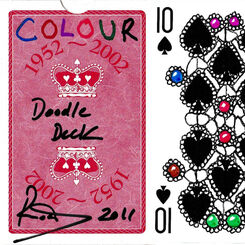
Colour doodle deck
“1952-2002 commemorative deck” customised with doodles by an uncredited artist, UK, 2011.
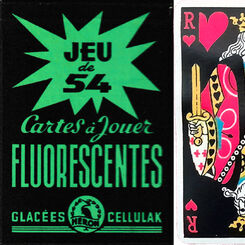
Cartes à Jouer Fluorescentes
Standard French cards but printed with fluorescent inks on a black background.
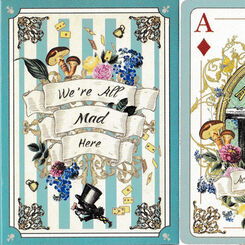
Alice in Wonderland: we’re all mad here
Alice in Wonderland themed playing cards, UK, 2020.
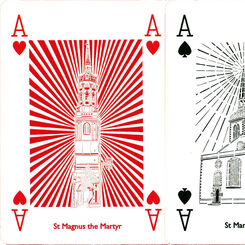
Wren 300 playing cards
Papercuts by Chloe Campbell of the 52 Wren churches in the City of London.
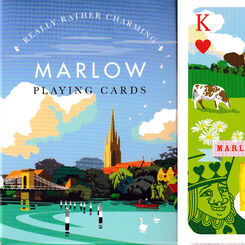
Marlow playing cards
Visitor attractions and businesses to be found in Marlow, Buckinghamshire.

Playing Politics 2010
“Playing Politics ’10: With no expenses spared” featuring caricatures by Oliver Preston, published b...
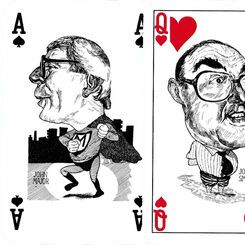
Playing Politics ’92: Pack of lies
Playing Politics ’92: Pack of lies with caricatures by Grant Robertson, UK.
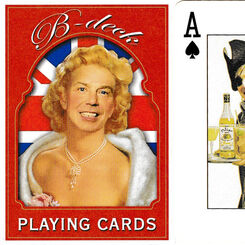
B-Deck
“B-Deck” scurrilous playing cards poking fun at a former UK prime minister.
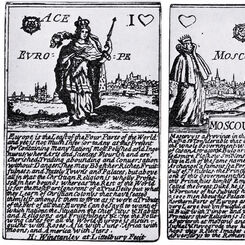
Winstanley Geographical cards
Facsimile of Winstanley’s Geographical cards produced by Harold & Virginia Wayland, 1967.
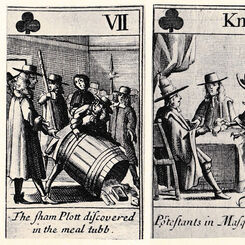
Meal Tub Plot
Meal Tub Plot playing cards [facsimile] with 17th century sketches by Francis Barlow.
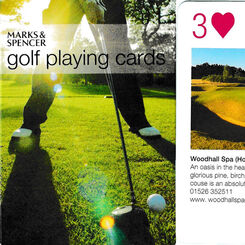
Golf playing cards
Golf playing cards published by Marks & Spencer, UK.
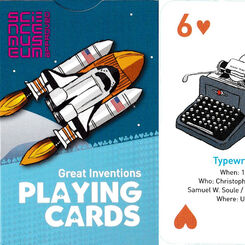
Great inventions playing cards
Great inventions playing cards designed by Gary Wyatt, United Kingdom, 2011.


